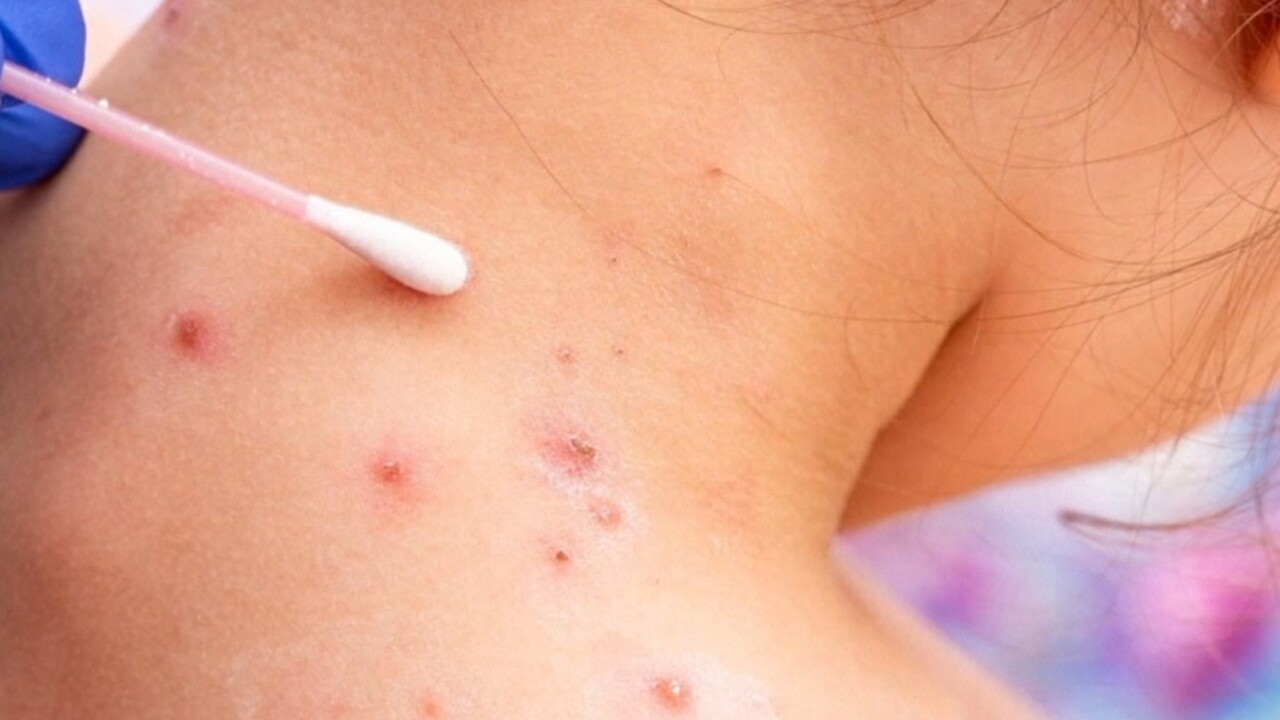I think I might have the measles symptoms. What should I do?
If someone (including yourself) has symptoms of measles, it’s important to act quickly to protect yourself and others. Here’s what to do:
✦ Recognize Measles Symptoms
Typical symptoms appear about 7–14 days after exposure and may include:
- High fever (can go over 104°F / 40°C)
- Cough
- Runny nose
- Red, watery eyes (conjunctivitis)
- Tiny white spots inside the mouth (Koplik spots)
- Red rash that starts on the face and spreads downward
✦ Stay Home & Isolate
- Do not go to school, work, or public places.
- Measles is highly contagious—you can spread it 4 days before and 4 days after the rash appears.
✦ Call a Healthcare Provider First
- Do not show up unannounced at a clinic, urgent care, or ER. Call ahead so they can take precautions to avoid exposing others.
- The provider may arrange a special entrance or time for your visit.
✦ Confirm the Diagnosis
- A healthcare provider may:
- Review symptoms and vaccination history
- Order a blood test or throat swab
- Let them know if you’ve been exposed to someone with measles or recently traveled to an area with outbreaks.
.jpg?language_id=1)
✦ Follow Medical Advice
- There’s no specific antiviral for measles, but supportive care can include:
- Fluids
- Rest
- Fever reducers (like acetaminophen)
- Vitamin A supplements (especially for children)
✦ Prevent Spread
- Stay isolated for at least 4 days after the rash appears
- Make sure close contacts are vaccinated
- Public health authorities may be involved to trace contacts and prevent further spread
✦ Get Vaccinated (if not already)
- The MMR vaccine is highly effective (2 doses = ~97% protection).
- If unvaccinated and exposed, MMR vaccine within 72 hours or immune globulin within 6 days may prevent or lessen illness.
.jpg?language_id=1)